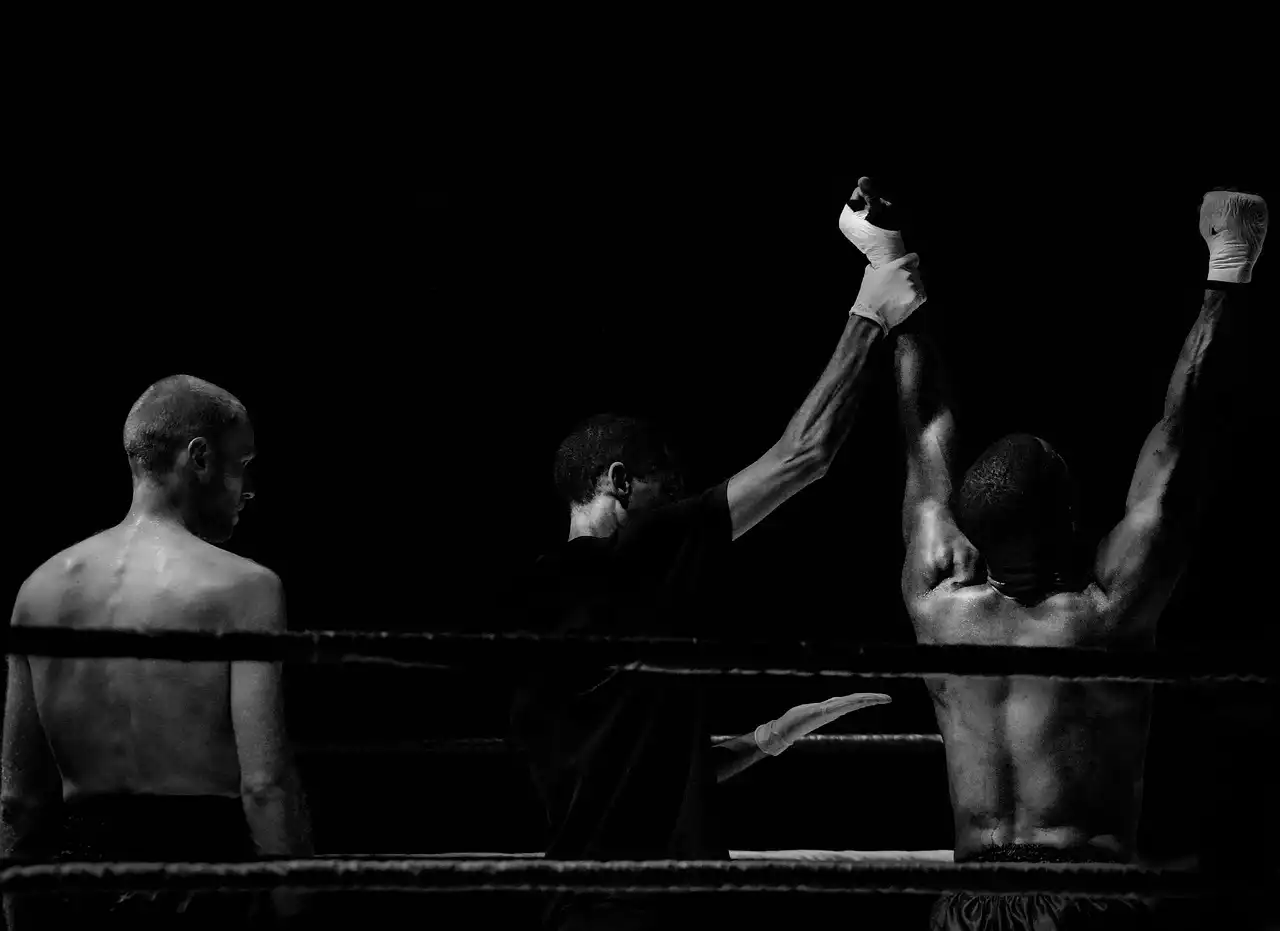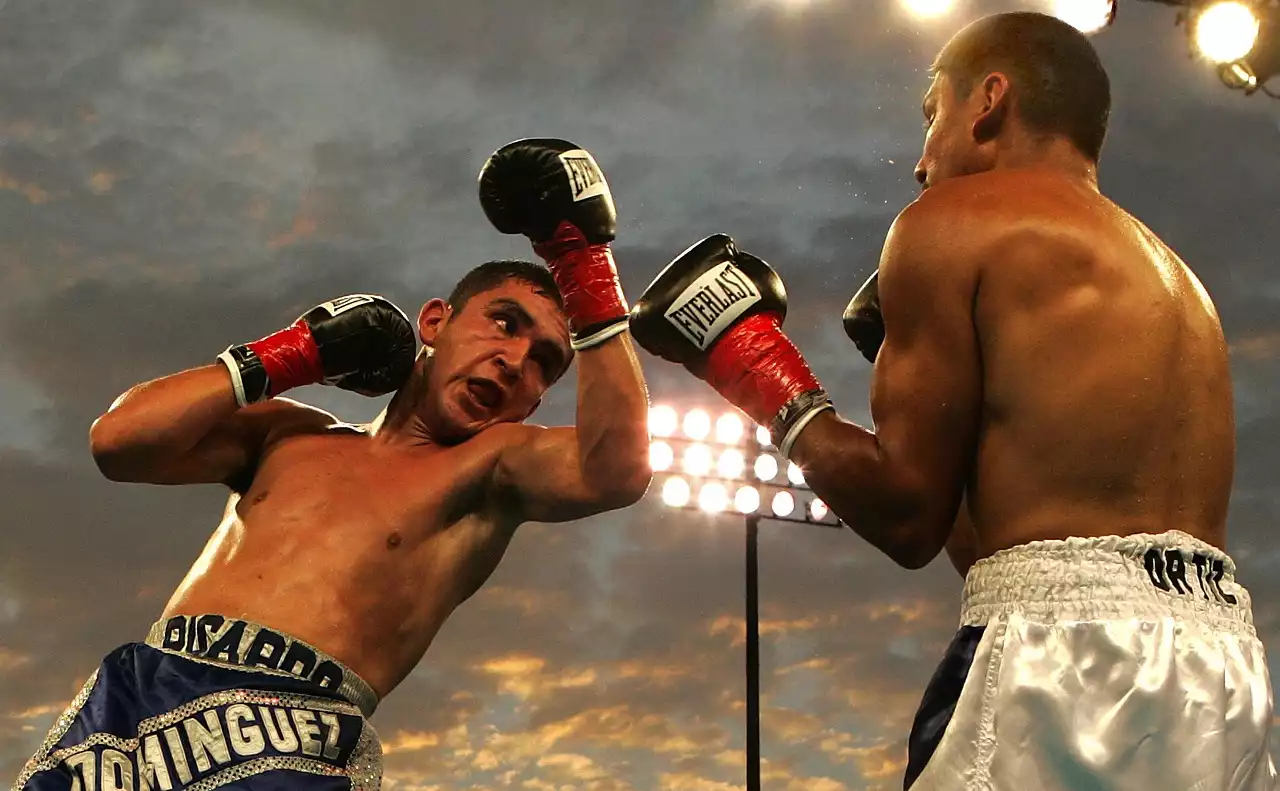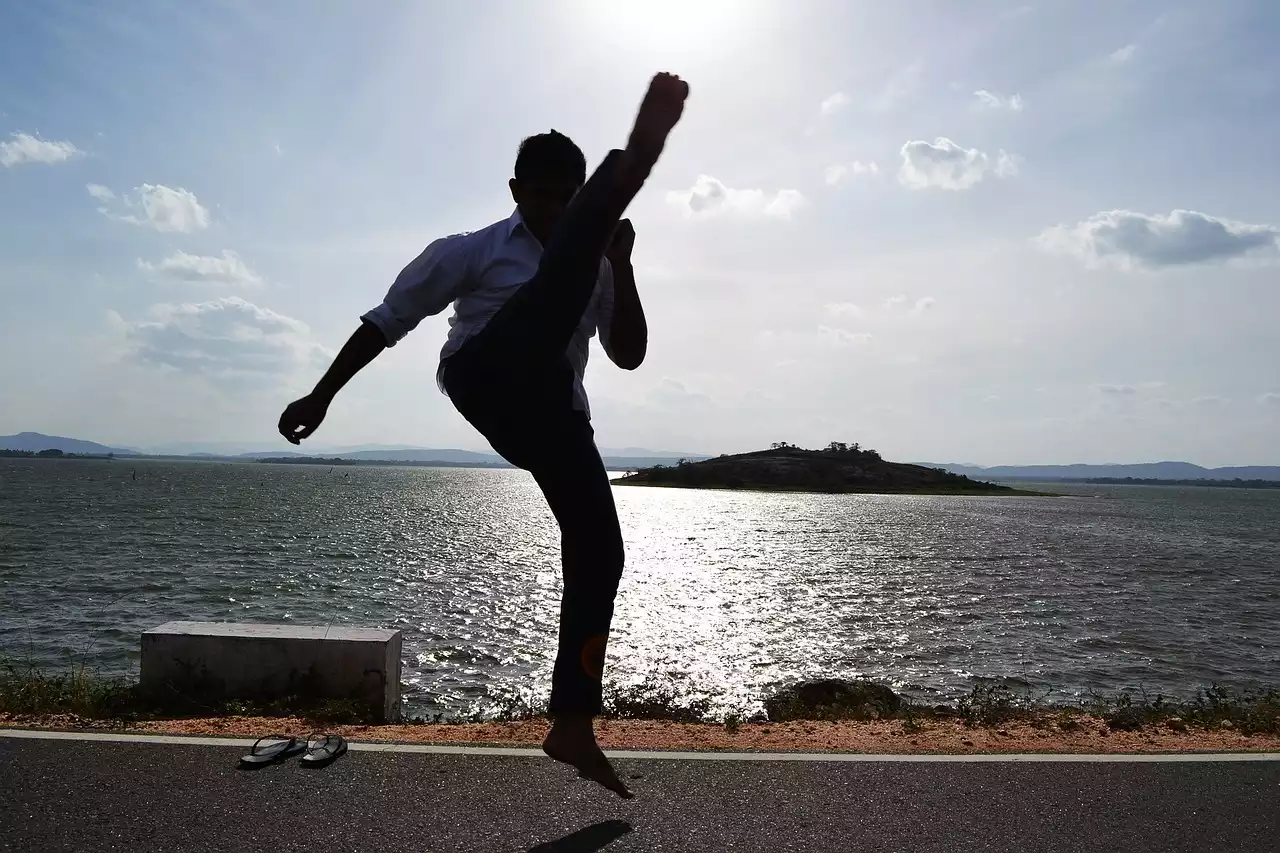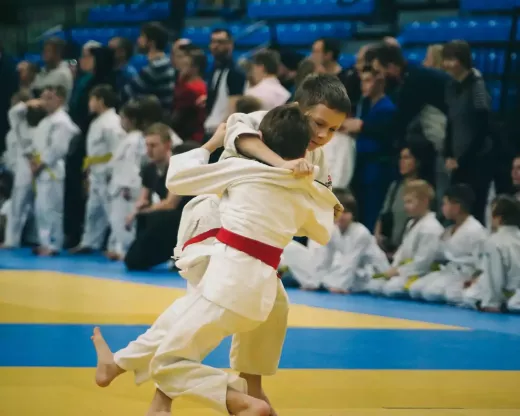What are elbow strikes and why are they important in martial arts?
Elbow strikes are techniques that use the bony part of your arm just above the elbow to strike an opponent. They are typically used in close-range combat, where punches and kicks are less effective. Elbow strikes can be used to attack an opponent's head, face, neck, or body, and can cause serious damage if executed properly.
Elbow strikes are important in martial arts because they are versatile and powerful. They can be used in a variety of situations, including self-defense, sparring, and competition. They also require less space than kicks and punches, making them useful in tight spaces or against multiple attackers. Proper execution of elbow strikes can also help to conserve energy and avoid injury.
The different types of elbow strikes
There are several different types of elbow strikes, each with its advantages and disadvantages. Here are some of the most common types of elbow strikes:
Vertical Elbow Strike
The vertical elbow strike is one of the most basic elbow strikes. It involves striking downward with the elbow, using the bony part of the arm just above the elbow. This strike is typically used to attack an opponent's head or face.
To execute a vertical elbow strike, start in a fighting stance with your arms up. Bring your elbow down in a vertical motion, striking your opponent's head or face with the bony part of your arm. Keep your other hand up to protect your face and body.
Horizontal Elbow Strike
The horizontal elbow strike involves striking sideways with the elbow, using the bony part of the arm just above the elbow. This strike is typically used to attack an opponent's body or ribs.
To execute a horizontal elbow strike, start in a fighting stance with your arms up. Bring your elbow across your body in a horizontal motion, striking your opponent's body or ribs with the bony part of your arm. Keep your other hand up to protect your face and body.
Diagonal Elbow Strike
The diagonal elbow strike involves striking at a diagonal angle with the elbow, using the bony part of the arm just above the elbow. This strike is typically used to attack an opponent's head or face.
To execute a diagonal elbow strike, start in a fighting stance with your arms up. Bring your elbow down and across your body in a diagonal motion, striking your opponent's head or face with the bony part of your arm. Keep your other hand up to protect your face and body.
Spinning Elbow Strike
The spinning elbow strike involves spinning your body and striking with the elbow, using the bony part of the arm just above the elbow. This strike is typically used to attack an opponent's head or face.
To execute a spinning elbow strike, start in a fighting stance with your arms up. Spin your body and bring your elbow around in a circular motion, striking your opponent's head or face with the bony part of your arm. Keep your other hand up to protect your face and body.
Upward Elbow Strike
The upward elbow strike involves striking upward with the elbow, using the bony part of the arm just above the elbow. This strike is typically used to attack an opponent's chin or throat.
To execute an upward elbow strike, start in a fighting stance with your arms up. Bring your elbow upward in a vertical motion, striking your opponent's chin or throat with the bony part of your arm. Keep your other hand up to protect your face and body.
The benefits of mastering elbow strikes
Mastering elbow strikes can provide several benefits in martial arts. Here are some of the main benefits of mastering elbow strikes:
Increased power and effectiveness
Elbow strikes are some of the most powerful and effective techniques in martial arts. They can cause serious damage to an opponent if executed properly. By mastering elbow strikes, you can increase your power and effectiveness in close-range combat.
Versatility
Elbow strikes are versatile and can be used in a variety of situations. They can be used to attack an opponent's head, face, neck, or body, and can be used in self-defense, sparring, and competition.
Conservation of energy
Elbow strikes require less energy than kicks and punches, making them useful for conserving energy in a fight. By using elbow strikes, you can conserve your energy and avoid getting tired too quickly.
Ability to fight in close range
Elbow strikes are useful for fighting in close range, where punches and kicks may be less effective. By mastering elbow strikes, you can improve your ability to fight in close-range combat.
Proper form and technique for executing elbow strikes
Proper form and technique are crucial when executing elbow strikes. Here are some tips for proper form and technique when executing elbow strikes:
Keep your elbows in
When executing elbow strikes, it's important to keep your elbows close to your body. This will help to generate more power and protect your body from counterattacks.
Rotate your hips and shoulders
To generate more power when executing elbow strikes, it's important to rotate your hips and shoulders. This will help to transfer your body weight into the strike and increase the force of the impact.
Use your whole body
Elbow strikes require the use of your whole body, not just your arm. Use your legs, hips, and core to generate power and increase the speed of your strikes.
Aim for the right target
When executing elbow strikes, aim for the right target on your opponent's body. Aiming for the head, face, neck, or body can cause serious damage if executed properly.
Practice proper footwork
Proper footwork is crucial when executing elbow strikes. Make sure to maintain your balance and avoid getting off balance when executing strikes.
How to train and practice elbow strikes
Training and practice are crucial for mastering elbow strikes. Here are some tips for training and practicing elbow strikes:
Start with the basics
Start by mastering the basic elbow strikes, such as the vertical and horizontal strikes. Once you've mastered these, move on to more advanced techniques, such as diagonal and spinning strikes.
Practice on a heavy bag
Practicing on a heavy bag can help you to develop your technique and increase your power. Start by practicing your basic elbow strikes on the bag, and then move on to more advanced techniques.
Work with a partner
Working with a partner can help you to develop your timing and accuracy. Start by practicing your strikes with a partner, focusing on proper form and technique.
Incorporate elbow strikes into your training
Incorporate elbow strikes into your regular training routine, whether it's sparring, pad work, or shadow boxing This will help you to develop your technique and increase your power and accuracy.










